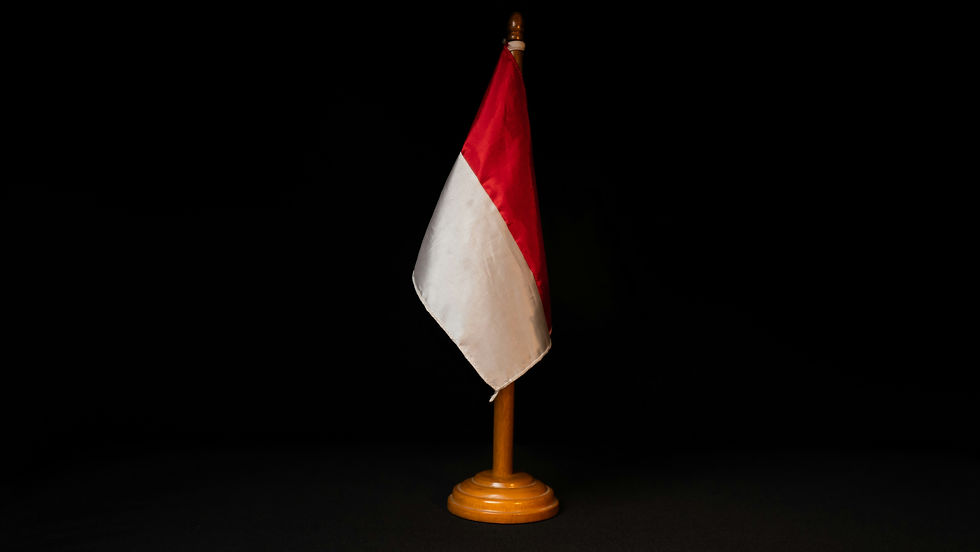Researchers warn against bright colour plastic for they break down easy, add to pollution more
- Khushboo Pareek
- May 28, 2024
- 2 min read

Plastic has been a top concern for environmentalists since decades and now some researchers have found that the menace is even more brutal when coloured.
A study led by the University of Leicester revealed that red, blue, and green plastics become very brittle and fragmented over years, while black, white, and silver plastics were largely unaffected.
Microplastics are tiny plastic particles, often less than 5mm in size, found in various environments, including oceans and soil.
The "findings reveal that the colourant used in the formulation of a plastic product can significantly affect the rate at which it degrades and break down, potentially introducing harmful plastics into the environment more quickly," the study said.
Researchers from the UK and the University of Cape Town in South Africa conducted complementary studies showing that plastics of the same composition degrade at different rates depending on their colour.
In the UK, bottle lids of various colours were exposed to the sun and elements for three years, while the South African study examined plastic items found on a remote beach.
"It’s amazing that samples left to weather on a rooftop in Leicester and those collected on a windswept beach at the southern tip of the African continent show similar results," said Dr Sarah Key, who led the project.
According to Dr Key the experiments showed that even in a relatively cool and cloudy environment for only three years, "huge differences can be seen in the formation of microplastics."
The field study, published in the journal Environmental Pollution, is the first to demonstrate this effect.
The researcher s on the back of their findings have even advised retailers and manufacturers to consider the colour of short-lived plastics.
"I’ve often wondered why microplastics in beach sand often appear to be all the colors of the rainbow," said Professor Sarah Gabbott from the University of Leicester, a co-author of the study, according to Guardian.
"I assumed that my eyes were being deceived and that I was just seeing the more colourful microplastics because they were easier to spot. Turns out there really are likely to be more brightly coloured microplastics in the environment because those plastic items pigmented red, green and blue are more susceptible to being fragmented into millions of tiny yet colourful microplastic particles," she added.
Adam Herriott, a senior plastics specialist at the charity Wrap, said coloured plastic is used to make products stand out in stores.
The findings show that black, white, and silver colours shield plastic from harmful UV radiation, while other pigments do not. UV damage alters the plastic's structure, making it brittle and prone to breaking apart.
Dr Key said, "Next time you clean up some plastic litter, take note of the colour and think about how soon it would have otherwise broken down. Whatever the colour, always check the packaging for details of how to recycle plastic packaging."
Image Source: Unsplash




































Comments